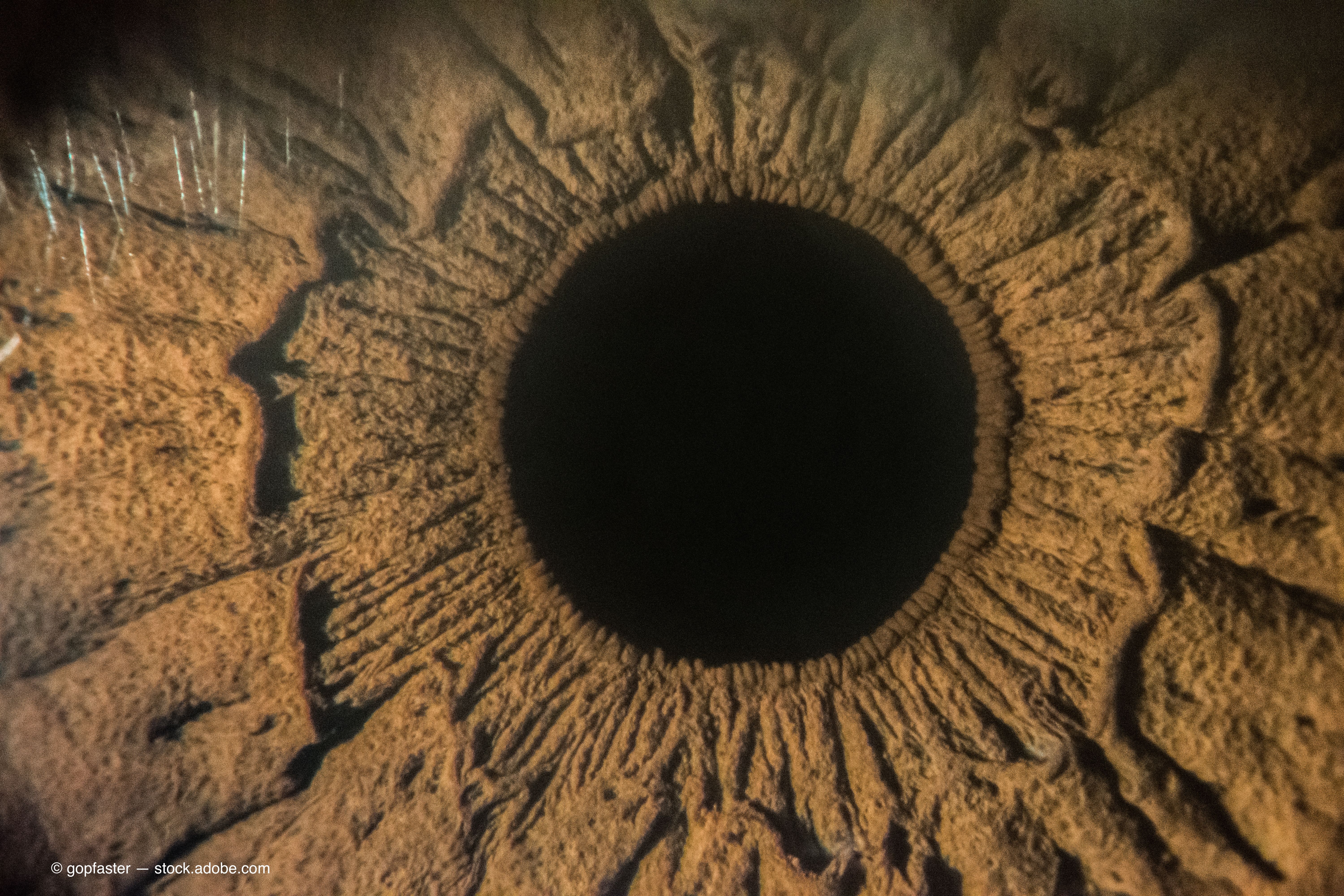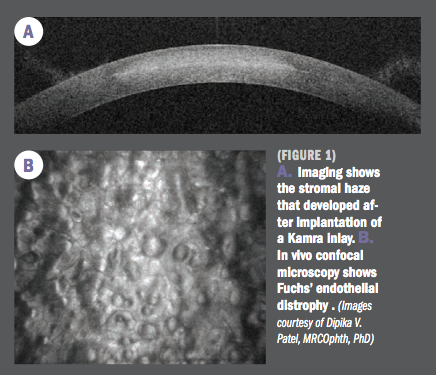News
Article
Best anterior-segment imaging for corneal transplants
Author(s):

There is a wide range of anterior-segment (AS) imaging technologies on the market today. Some AS imaging devices are better than others in anterior-segement surgeries, and surgeons must decide which options are best suited for their practices.
This article was reviewed by Dipika V. Patel, MRCOphth, PhD
A wide range of anterior-segment (AS) imaging technologies are available, but not all of these are of practical benefit for AS surgeons. Some are more useful for diagnosing, managing, and assessing the prognoses of patients undergoing keratoplasty, Dipika V. Patel, MRCOpht, PhD, pointed out.
Dr. Patel is a professor of ophthalmology, University of Auckland, Auckland, New Zealand.
Preoperative assessment
Ultrasound biomicroscopy (UBM) provides a view of the AS that can be obscured by corneal opacities on slit lamp examination. The surgeon can have a robust view of the anterior chamber depth, angle, lens and anterior capsule, membranes, adhesions, and vitreous in the anterior chamber using UBM, she commented.
The disadvantage of UBM is that the patient must be supine and water immersion is usually needed (although recent models overcome these issues), both of which require patient cooperation or use of general anesthesia.
“Having the knowledge of the status of the eye behind an opaque cornea aids in planning the surgery as well as discussing the prognosis with the patient,” Dr. Patel emphasized.
Related: Novel imaging technology provides volumetric visualization for cataract and cornea surgeons
AS optical coherence tomography (AS-OCT), which is a non-contact technology performed with the patient sitting, allows the surgeon to assess the depth of corneal pathology.
With the information provided by this imaging, the surgeon can select the most appropriate surgical intervention, Dr. Patel noted. She then described a case of stromal haze that developed following implantation of a Kamra inlay (SightLife Surgical) that ultimately was removed.
At the slit-lamp, the depth of the haze could not be clearly ascertained. OCT demonstrated that the haze was maximal at the interface, including the location of the inlay, and extended both anteriorly and posteriorly to the deep stroma.
The disadvantages of AS-OCT include poor visualization of both the ciliary body and through corneal opacities.
In vivo confocal microscopy (IVCM) is useful preoperatively for looking at and differentiating among the endothelial diseases, such as bullous keratopathy, Fuchs’ endothelial dystrophy, or ICE syndrome.

Intraoperative observation
Real-time, high-quality images are now accessible using intraoperative OCT with microscope-integrated OCT devices.
Dr. Patl noted that the images may be viewed through the surgeon’s microscope on a heads-up display or an external screen.
“The availability of these images affects decision-making intraoperatively and is thought to reduce the length of the surgery,” she explained.
This technology can be applied to deep anterior lamellar keratoplasty (DALK) to evaluate the depth of the needle and dissection, the plane of big-bubble dissection, the residual stromal thickness, and to detect any microperforations.
In Descemet’s stripping automated endothelial keratoplasty (DSAEK) and Descemet’s membrane endothelial keratoplasty (DMEK), intraoperative OCT can evaluate graft-host apposition, assess the interface fluid, check the graft orientation in DMEK, and facilitate faster positioning of the graft with less manipulation.
The usefulness of intraoperative OCT technology also was evaluated in a prospective multi-surgeon study that included 244 cases of AS surgery.
The results indicated that the technology influenced surgical decision-making in 43.4% of cases; 78.3% of surgeons preferred real-time to static image acquisition; and 63.1% of surgeons preferred viewing the images on the external screen.
The limitations of intraoperative OCT include limited details visible on the heads-up display, light scattering and shadowing from surgical instruments, and cost.
Postoperative examination
AS-OCT facilitates assessment of grafts in DSAEK and DMEK for thickness, centration, and detachment. This technology influences management considerations such as graft reshaping and repositioning and rebubbling.
“This technology is particularly valuable in cases with an edematous cornea when the view at the slit-lamp is poor,” Dr. Patel pointed out.
Related: DMEK vs. DSAEK: Debate goes on
AS-OCT technology allows the surgeon to assess the graft-host junction after penetrating keratoplasty, in which graft-host malpositioning occurs commonly and is associated with high levels of astigmatism.
Dr. Patel described the case of a patient in whom the vision decreased a few years after deep anterior lamellar keratoplasty due to recurrent granular dystrophy at the interface.
AS-OCT is also useful for evaluating the extent of epithelial ingrowth, albeit rare, following lamellar endothelial keratoplasty.
The technology is also used to monitor patients over time.
IVCM has proven useful to confirm cases of epithelial ingrowth. Dr. Patel described an interesting case in which the IVCM images showed epithelial cells with fibrotic areas in the stroma, where epithelium should not be present, Dr. Patel explained.
IVCM and specular microscopy are both useful technologies that can be used to determine the prognosis as well as the potential for late endothelial graft failure.
Two long-term studies investigating graft failure after full-thickness or endothelial transplants both found that preoperative donor endothelial density is not predictive of failure, but rather, low endothelial cell density (<1,200 cells/mm2) 6 months postoperatively is associated with late endothelial graft failure.
For physicians, AS-OCT is opening new doors to ensure the fast and efficient diagnosis and treatment of patients.
This, according to Dr. Patel, can lead to better outcomes for their vision.
“UBM, AS-OCT, intraoperative OCT, IVCM, and specular microscopy are useful for establishing a diagnosis, directing the management and assessing the prognoses of these patients,” Dr. Patel concluded.
Dipika V. Patel, MRCOpht, PhDE: dipika.patel@auckland.ac.nz
Dr. Patel has no financial interest to any aspect of this report.
Newsletter
Don’t miss out—get Ophthalmology Times updates on the latest clinical advancements and expert interviews, straight to your inbox.




